Newsletter | Fear Beat: Women Filmmakers Are Driving A Horror Boom
From Julia Ducournau to Nikyatu Jusu, Prahlad Srihari traces the work of the women directors at the forefront of a horror renaissance. An International Women's Day Special.
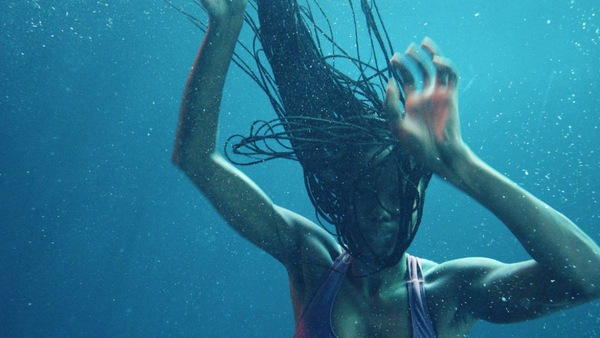
Last Updated: 02.08 PM, Mar 08, 2023
This column was originally published as part of our newsletter The Daily Show on March 8, 2023. Subscribe here. (We're awesome about not spamming your inbox!)
***
IN NIKYATU JUSU’S Nanny, the American Dream of a Senegalese au pair is threatened by the mounting microaggressions of her white employers and the separation anxiety over having left her child behind. Chloe Okuno’s Watcher centres a woman’s nagging fear of being watched and the despair of not being believed in a nightmare of self-fulfilling paranoia. Navigating the meat market that is dating, as a woman, does not get more dehumanising than in Mimi Cave’s Fresh.
Nanny, Watcher and Fresh began their journeys at last year’s Sundance. All three 2022 films came from first-time women directors. All three are in fact just the latest in a string of horror directorial debuts by women. No more a predominantly male enclave, horror now plays host to a treasury of female voices eager to shake up the genre and reshape it from within. Jusu, Okuno and Cave join ranks with the likes of Jennifer Kent, Julia Ducournau, Ana Lily Amirpour and Rose Glass as the rising stars of modern horror cinema.
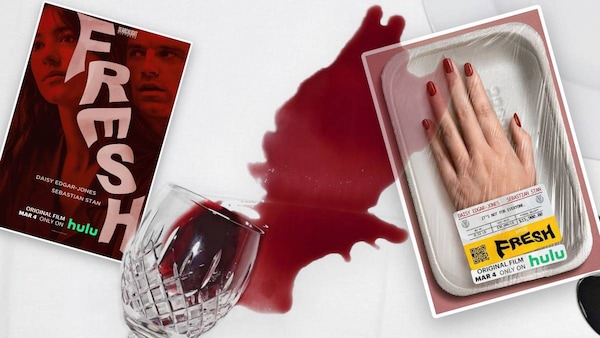
HORROR has always been a fertile playground for the emerging voices of independent cinema. Working with a small budget allows for more creative freedom, meaning greater opportunities to experiment and find your voice and style as a director. The genre’s proven accessibility means you already have an audience waiting in rabid anticipation for their next fix. Making a horror film your debut is therefore a tried-and-true way to launch your career and make a good impression while doing it. If the impression is good enough, the debut can then be used as a launch pad for potentially more ambitious projects. The low-risk, high-reward bet of horror films has had a welcome knock-on effect with studios hiring more women behind the camera in recent years.
To be a woman is to face monsters of all shapes and sizes on a daily basis. The bodies of women are ogled, humiliated, abused, invaded, scarred, gnarled and rendered monstrous. The empowerment fantasy of horror films redirects the expression of violence into an expression of transcendence. It is a rebellion to reclaim control over the body. The site of pleasure becomes the site of pain becomes the site of power. To rephrase Shirley Jackson, as long as you film it away, nothing can really hurt you.
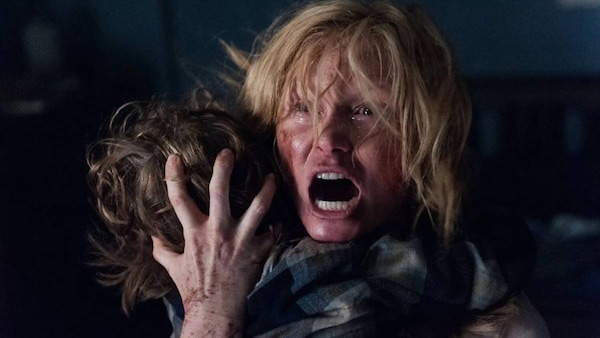
NEEDLESS TO SAY, female storytellers and audiences working through their shared fears via horror stories is a tradition that predates the movies. The antecedents can be traced all the way back to the earliest days of Gothic fiction. From Ann Radcliffe in the 18th century, Elizabeth Gaskell in the 19th, Angela Carter in the 20th, to the filmmakers working today, women have been at the vanguard of horror breaking new ground. For those partial to the page or screen, the genre has offered safe refuge to mine the groundswell of fear and frustration over motherhood, sexuality, domesticity, marriage, gender-related violence and the denial of bodily autonomy. The infinite pliability of the genre’s metaphors makes its monsters ripe for reinvention. Sometimes, the metaphor can slice with the surgical precision of a scalpel. Sometimes, it can leave you with blunt force trauma.
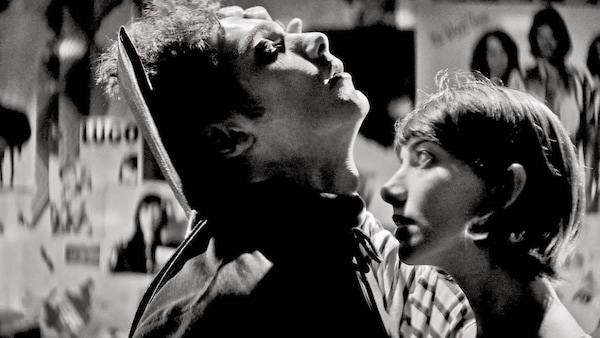
BY AND LARGE, a woman’s place in horror films hadn’t expanded beyond the borders of a victim, screaming as a psycho slashes her in the shower, screaming as she loses control of her body to an invasive force, screaming to be rescued and screaming for mercy. In A Girl Walks Home Alone at Night (2014), Ana Lily Amirpour reclaims a woman’s place by redefining the roles of prey and predator. There is catharsis to be found in the role reversal. Coralie Fargeat does likewise in Revenge (2017): we see a woman left for dead after being raped, but we also bear witness to her survival as she gathers the strength to turn the tables on her assailants.

FOR A LOT of the female directors, the horrors are rooted in personal experiences. Alice Lowe drew from the emotional messiness of her own pregnancy as she wrote, directed and starred in Prevenge (2016). The frustration over impending motherhood disrupting her professional ambitions forced her to rethink the saintly mother archetype. “The whole film is really a kind of meditation on loss of identity,” she said. “I turned the fear of violence against my own body outside of myself.” Lowe’s Ruth goes on a killing spree after her maternal scepticism externalises as something primal and predatory.
Motherhood has always occupied an anxious corner in horror films. The reasons as to why aren’t hard to grasp: the fear of something moving inside you that isn’t you, the pain of losing control of your body to an alien invasion, the pressure to affirm childbirth as one of life’s most rewarding experiences, the constant anxiety over being responsible for a helpless little human, and the sleep deprivation bordering on hallucination. Jennifer Kent challenges the sanctity of the mother-child bond in The Babadook. The widowed single mom Amelia (Essie Davis) is so exhausted she ends up projecting her resentments onto her out-of-control son after grief makes a pop-up book monster come alive.

AISHA (Anna Diop), in Nanny, wrestles with guilt over caring for another person’s child while not being able to care for her own. This guilt compounded by the anguish of displacement manifests as nightmarish encounters with figures (like Anansi the Spider) from West African folklore. Like Nanny, Most Beautiful Island (2017) is also about an undocumented worker trying to make a life for herself in New York City. Writer, director, and star Ana Asensio taps into the horrors of the immigrant experience: the uncertainty, isolation and replaceability that makes the migrants vulnerable to exploitation and the monstrosity of those who force them into such a precarious plight.
Not unlike motherhood, girlhood and ageing have been well-trodden sites of horror. Sexual stirrings often coincide with monstrous desires. In Raw (2016), Julia Ducournau locates in the unbridled libido of a teenage girl something feral. A hazing ritual unleashes inside 16-year-old vegetarian Justine (Garance Marillier) a wolfish hunger for human flesh. Memories of visiting her dementia-stricken grandmother inspired Natalie Erika James to make Relic, a horror film which reworks the tropes of haunted houses and demonic possessions to explore the fear of watching someone we love turn into a stranger.
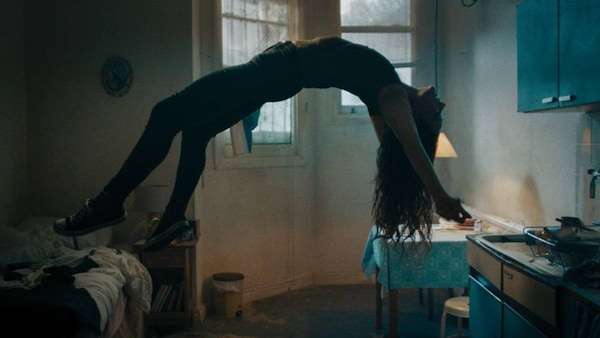
RELIGIOUS FERVOUR looks like demonic possession as well in Saint Maud. Director Rose Glass plays on the masochistic delirium of an evangelical Christian who is convinced she has God’s ear and that He wants her to save the soul of a terminally ill patient. The (un)holy spiral throws Maud into seizures that verge on orgasms. For visual and thematic inspiration, Glass turns to everything, from the paintings of William Blake to the psychodramas of Ingmar Bergman and the character studies of Paul Schrader.
The trend of first-time female directors turning to horror could also be seen as a response to the systemic dysfunction that led to #MeToo and the reformative renaissance the movement necessitated in its turbulent aftermath. The genre has been the weapon of choice to bring about awareness, rethinking and change. Any film which uses the horror framework to explore women’s fear of harassment and violence from men is now put under the label of “#MeToo horror”. But the label has been used so liberally by the press it seems to have misplaced its meaning.
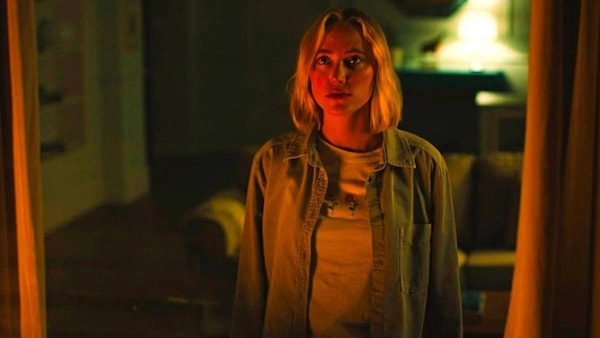
MOREOVER, #MeToo films like Emerald Fennell’s Promising Young Woman (2020) undermine themselves with a blinkered perspective on their female protagonists. Cassie (Carey Mulligan) is defined entirely by the trauma of losing her best friend Nina, who was raped and died by suicide. Fennell passes the baton of avenging angel to Cassie without ever reckoning with what Nina may have wanted or what it means to take revenge on someone else’s behalf.
“It’s not just hopeless and self-defeating as a portrait of female empowerment,” wrote Beatrice Loayza for Reverse Shot. “It’s practically Joker-esque in its flailing insistence of its own social relevance.” Writing for The Guardian, Adrian Horton rightly noted how the film “relishes comeuppance for self-justifying bad men” by “setting up easy punches against thinly drawn characters who say and do all the wrong things.” Fresh is guilty of the same crime more or less. Amulet, which actor-turned-director Romola Garai wrote as “an act of karmic reckoning” at the start of the #MeToo movement, fares better as an examination of gender violence and the cost of trauma.
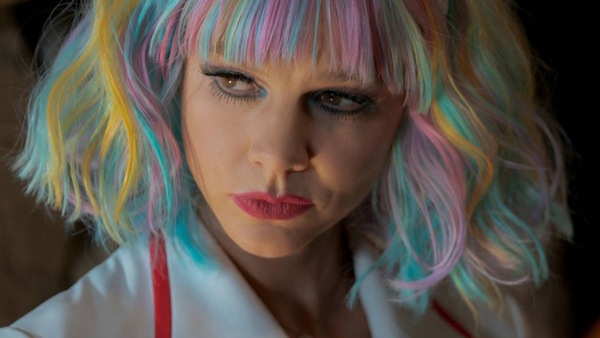
HORROR FILMMAKERS have always had a direct line to the zeitgeist. The bogeyman has been recast and reconfigured to mirror what fuels each generation’s nightmares. If one needs to gauge the cultural anxieties at any given point of time, no genre offers clearer barometer readings than horror. And if horror is enjoying a renaissance right now, it’s in large part because of the next generation of women directors, many of whom will no doubt grow into luminaries of the genre.
